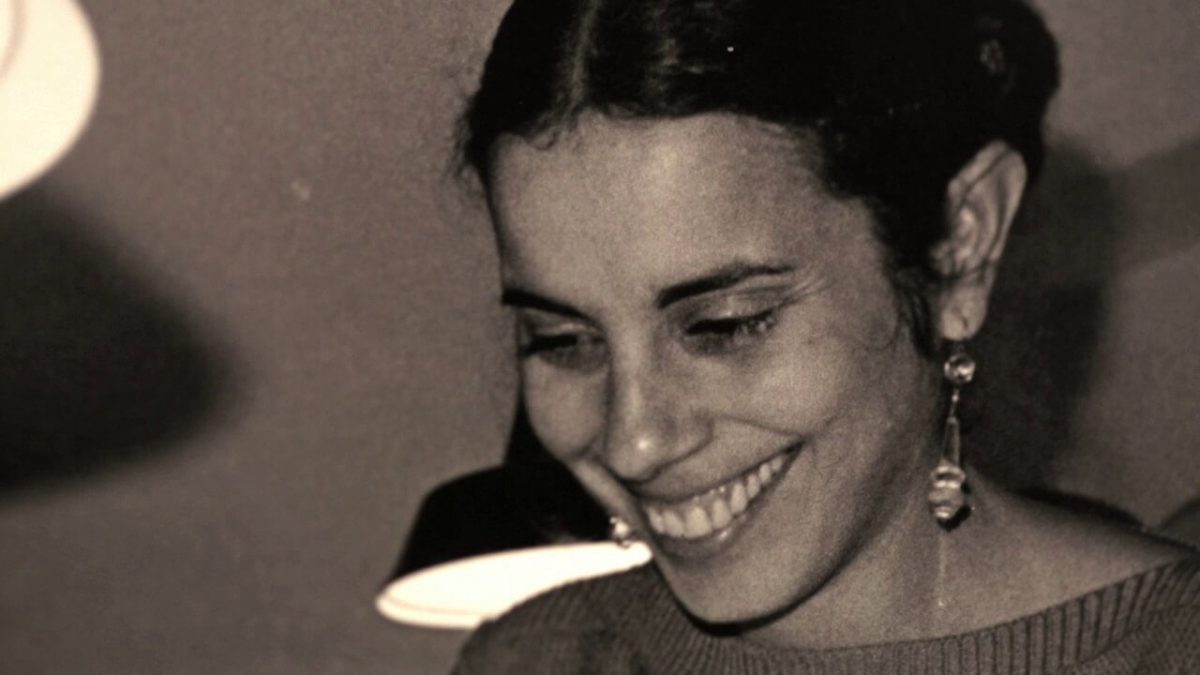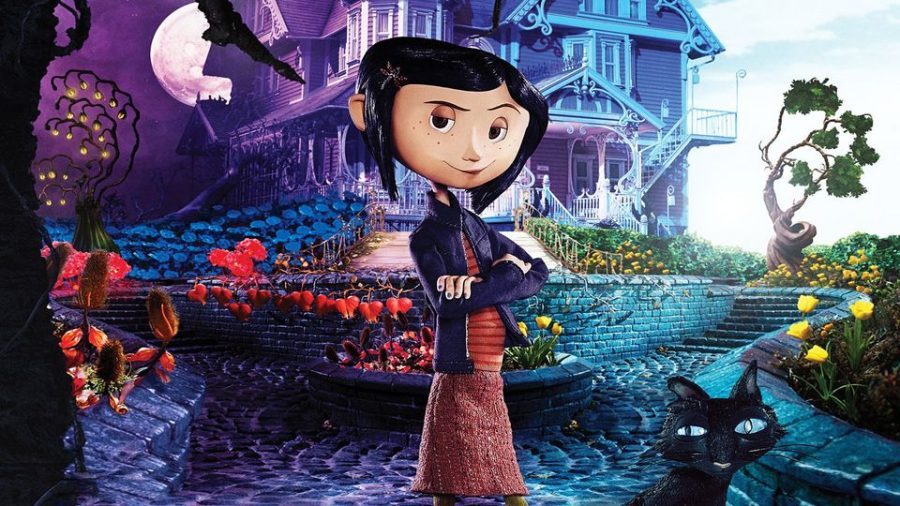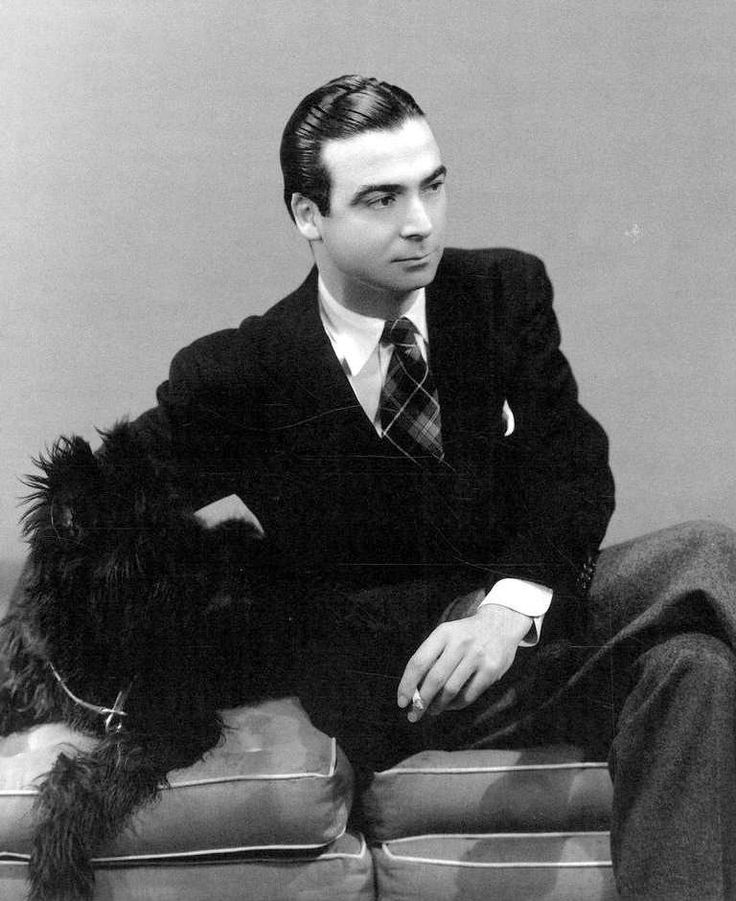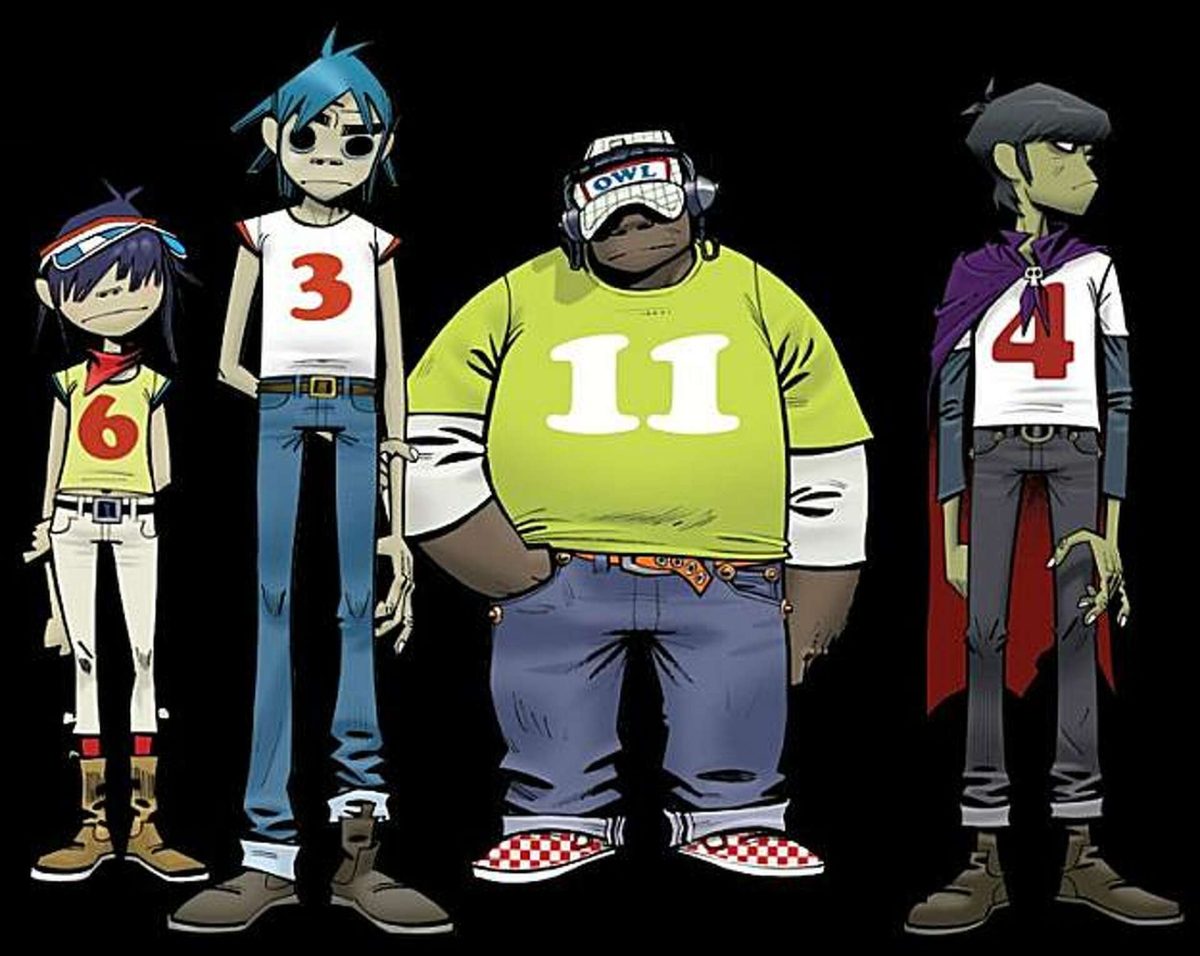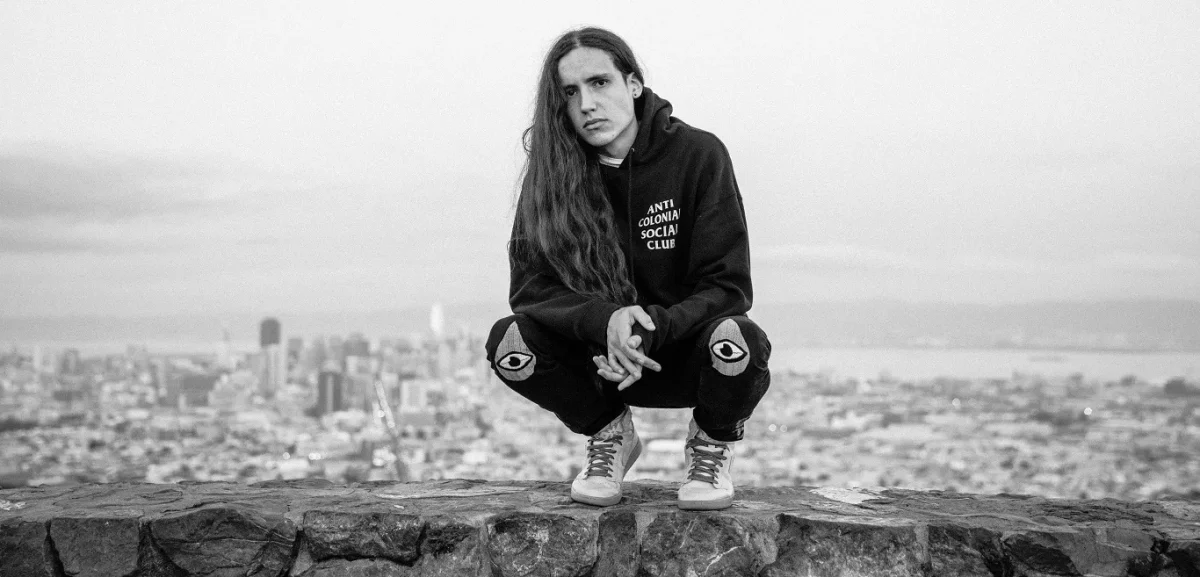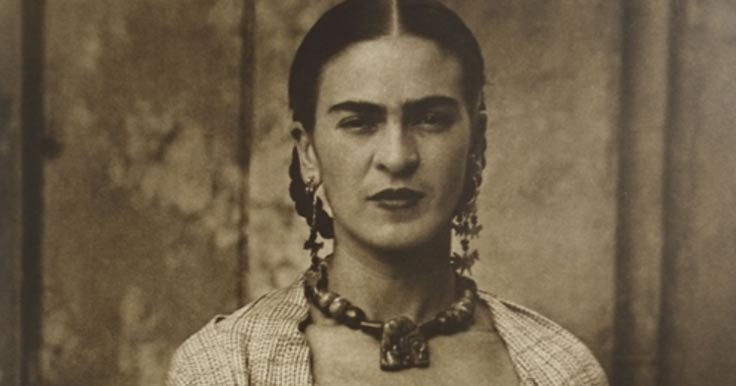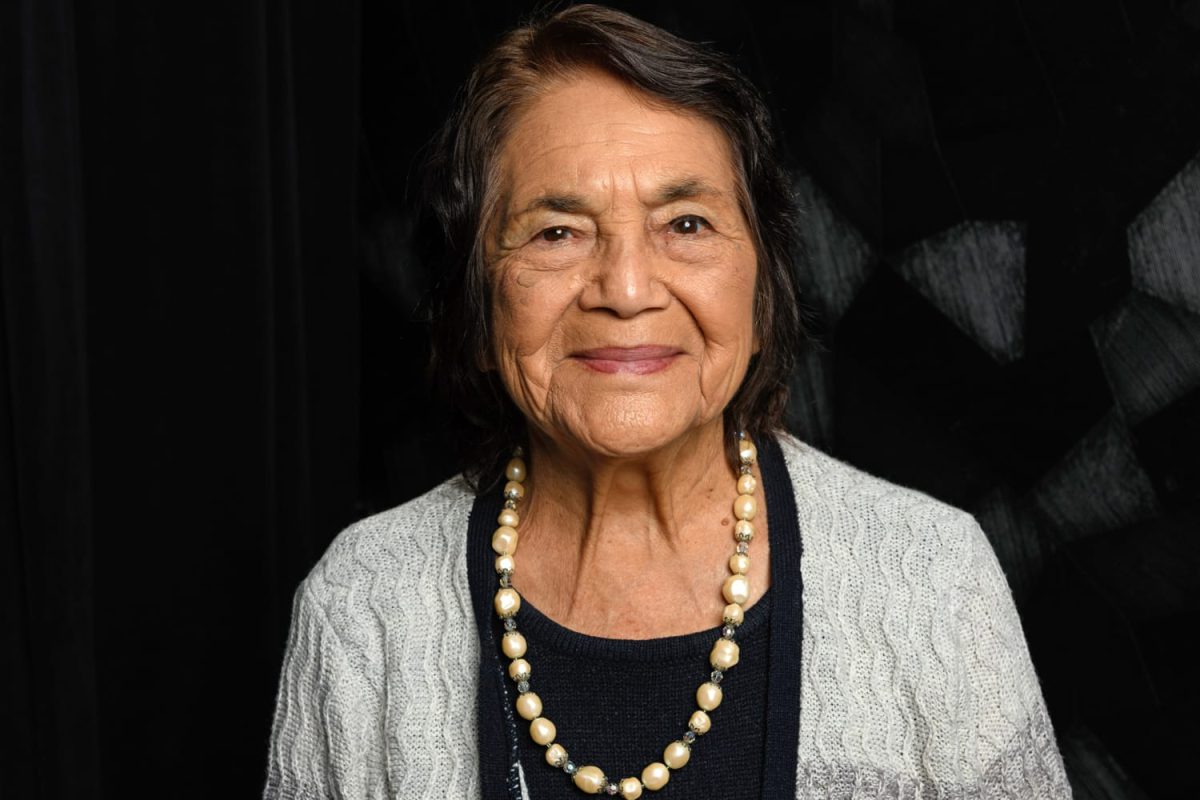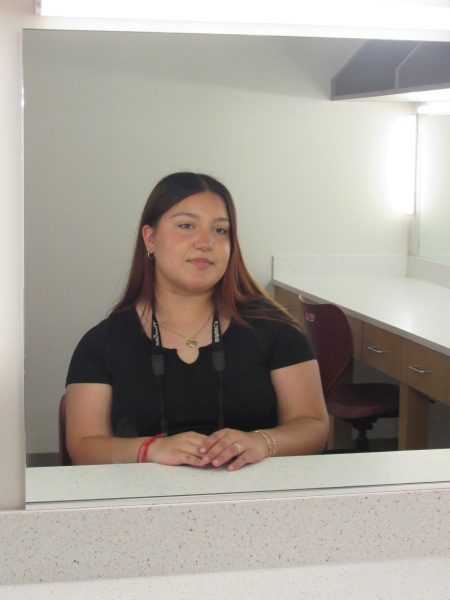Ana Mendieta was a Cuban American artist. She was born on November 18, 1848, in Havana, Cuba. Mendieta was a pioneering earth artist, which means she used natural landscaping as the art form. She also used her own body outline along with the outside views to show her art. She was also an ecofeminist, which means she wanted women’s rights and environmental justice for all.
Mendieta left her homeland, Cuba, when she was 12 years old, to live in the United States. She came with her sister as part of a U.S government program called Operation Pedro Pan. They were sent away because of political instability after their father joined the anti-communist movement. Ana and her sister were sent to an orphanage in Iowa. Some of her work showed her pain and how she felt because of the separation between her and the rest of her family in her early years.
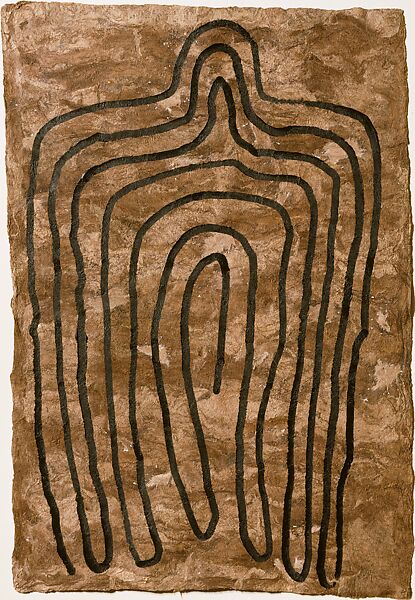
She never felt like she fit in anywhere. She was in many foster homes, but none felt like home to her. In 1969, Ana went to the University of Iowa to learn more about image making and to get more ideas. She then began her studies in art.
It is through her art, that she told the stories of unrelenting cycles of life and death and the unyielding power of nature. During this time, it was very new and unique, something no one had seen around this time. Her work is important because it combines performance, land art, and Afro-Cuban spiritual traditions, showing a different perspective on human and environmental connections.
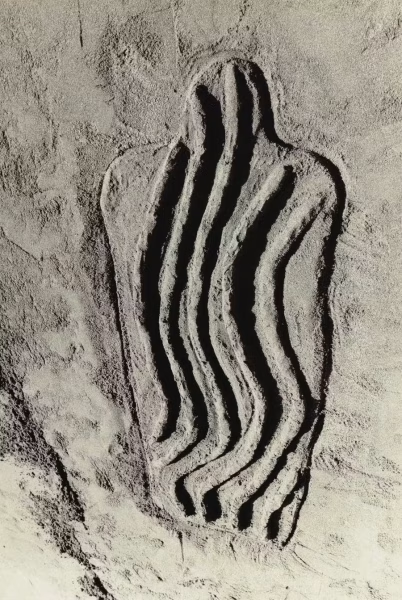
Mendieta didn’t copy the techniques that everyone had used; she thought outside the box and thought of ways to show something without directly saying it.
Sadly, Ana Mendieta died on September 8, 1985, at the age of 36. Her work is still up in the Museum of Women in the Arts in Washington, D.C. and the Museum of Modern Art in New York City.

